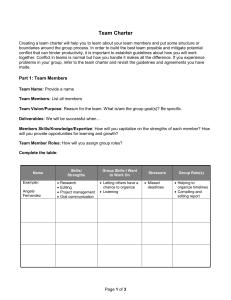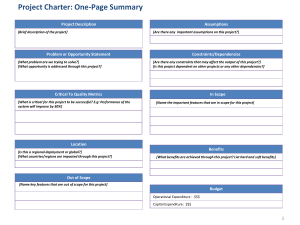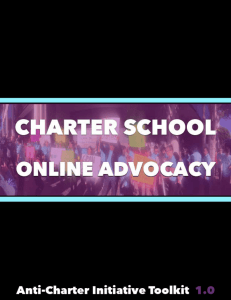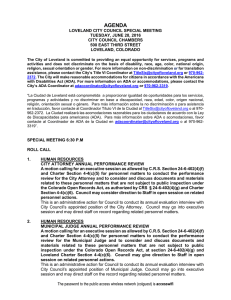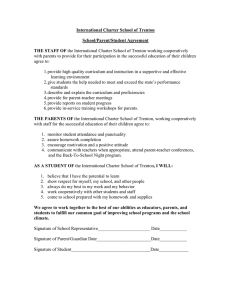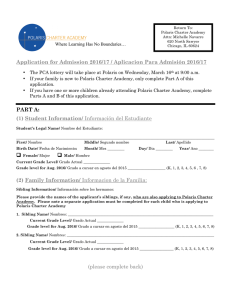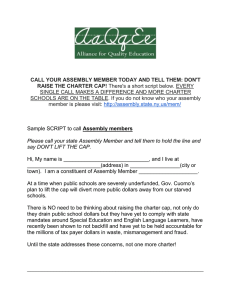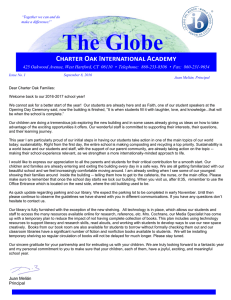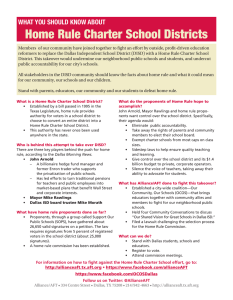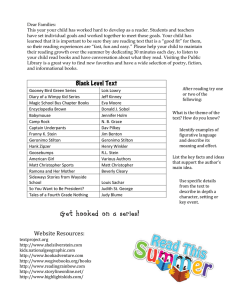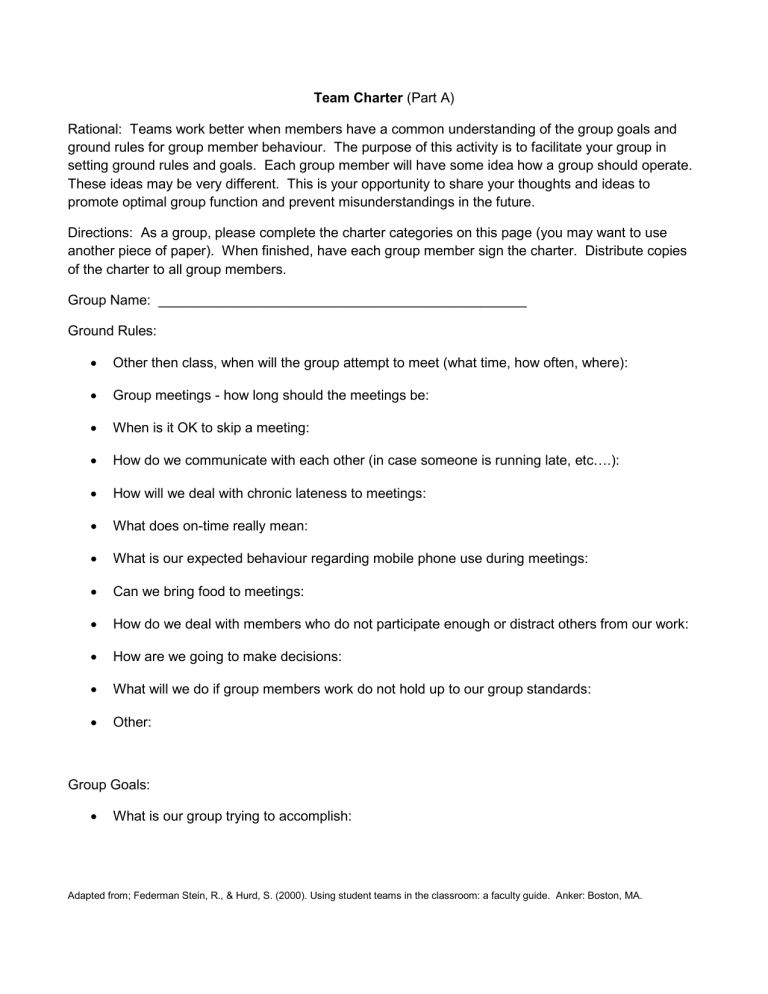
Team Charter (Part A) Rational: Teams work better when members have a common understanding of the group goals and ground rules for group member behaviour. The purpose of this activity is to facilitate your group in setting ground rules and goals. Each group member will have some idea how a group should operate. These ideas may be very different. This is your opportunity to share your thoughts and ideas to promote optimal group function and prevent misunderstandings in the future. Directions: As a group, please complete the charter categories on this page (you may want to use another piece of paper). When finished, have each group member sign the charter. Distribute copies of the charter to all group members. Group Name: ________________________________________________ Ground Rules: • Other then class, when will the group attempt to meet (what time, how often, where): • Group meetings - how long should the meetings be: • When is it OK to skip a meeting: • How do we communicate with each other (in case someone is running late, etc….): • How will we deal with chronic lateness to meetings: • What does on-time really mean: • What is our expected behaviour regarding mobile phone use during meetings: • Can we bring food to meetings: • How do we deal with members who do not participate enough or distract others from our work: • How are we going to make decisions: • What will we do if group members work do not hold up to our group standards: • Other: Group Goals: • What is our group trying to accomplish: Adapted from; Federman Stein, R., & Hurd, S. (2000). Using student teams in the classroom: a faculty guide. Anker: Boston, MA. Charter Contract (Part B) • We, the team named ____________________________________________ agree with the information documented in our team charter, and will try out best to uphold this charter. By signing below, we indicate our commitment to our team. The group is expected to demonstrate positive cohesive teamwork while developing and presenting this assignment. All members of the group are to make equal efforts for the success of the group presentation. All group members are to fulfill the responsibilities of completing the assignment and making strong efforts for success related to group role expectations. For the next several weeks, I will participate effectively in this group and strive to do the following; • • • • • Come to class or group meetings on time (If I miss a group meeting, I will inform the group members ahead of time). Come prepared to share with my group (If I am unable to prepare for the meeting or a portion of the assignment, I will make up additional work according to the group needs). Listen actively to what others have to contribute (If I appear to not listen, my group peers can ask me to focus and pay attention). Be supportive of the efforts and initiatives of others (If I am too critical, my group peers can point this out and ask me to soften my approach). Be respectful at all times (If I demonstrate disrespectful behaviour, my group members have the right to ask me to stop). Signatures: • • • • • • ___________________________________________________________ ___________________________________________________________ ___________________________________________________________ ___________________________________________________________ ___________________________________________________________ ___________________________________________________________ Divorce Claus: • The group leader will determine if each member of the group is meeting their individual obligation, and may warn the member(s) of poor contributions. When a group member(s) continuously causes group dysfunction, the leader and offending member(s) must meet with the teacher. When a group member(s) chooses not to meet the minimum expectations of positive group cohesion, that member(s) will receive a grade of 0 (zero) for the group presentation and be removed from the group. The teacher has the final decision making responsibility for group divorce. Adapted from; Federman Stein, R., & Hurd, S. (2000). Using student teams in the classroom: a faculty guide. Anker: Boston, MA.
